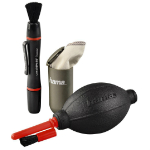5 Reasons for using a Lens Hood
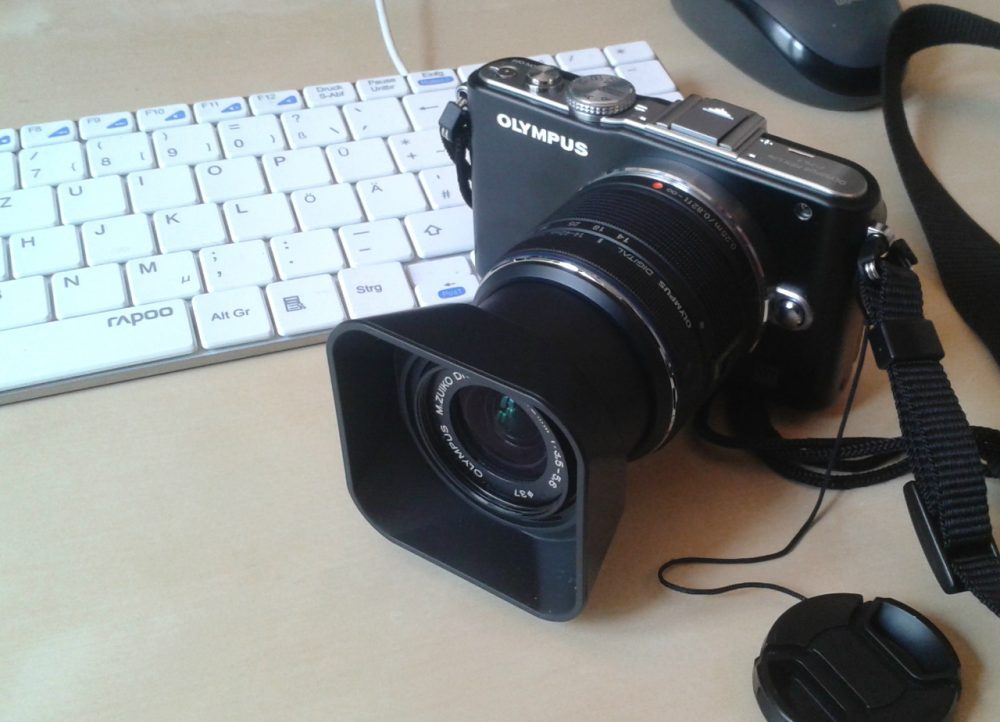
Effect of a lens hood
PHOTOGRAPHED WITHOUT HOOD: Circles and halo

PHOTOGRAPHED WITH HOOD: Stronger contrasts

WITHOUT HOOD

WITH HOOD

4 different shapes of lens hood (synonym: lens shade, hood)
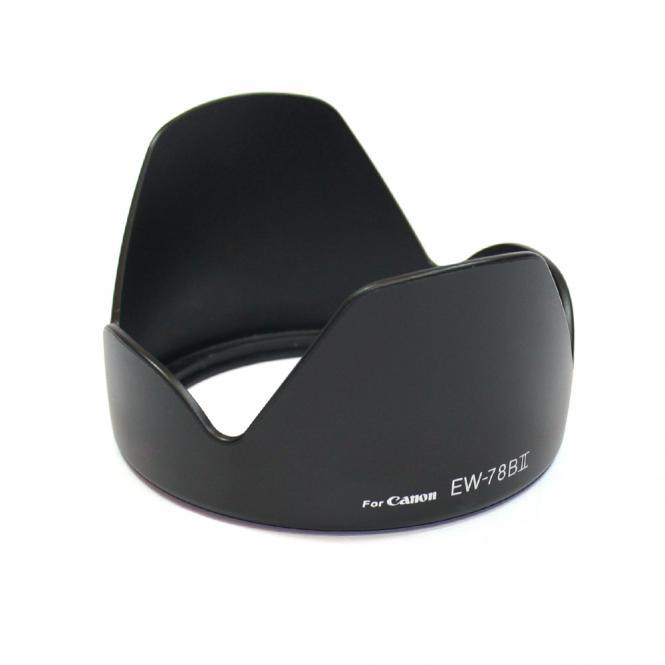
Tulip-shaped lens hood (=flower, petal or tulip shape)
This design is used in wide-angle lenses. Although lenses are circular, the image format or the chip is a rectangle in landscape. The lens hood is fitted on the lens so that the large leaves screen the stray light from above and below. The leaves on the right and left are shorter, so that the hood does not cause a vignetting of the image. Which means the image to the right and left will not be darkened.
A sketch to explain the tulip shape
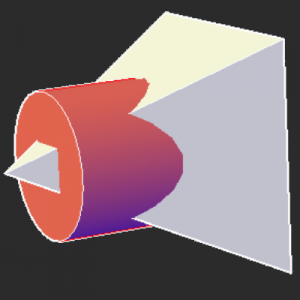
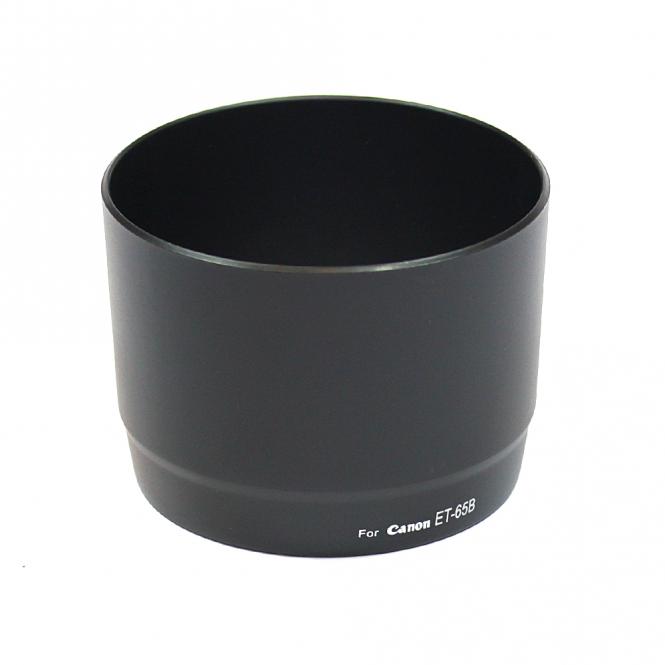
Circular form (= cylindrical, conical, round, tubular, or barrel shaped)
This lens hood does not need a crazy design, since it is fitted to telephoto lenses. When using a round lens hood that is compatible with the telephoto lens, there is no risk that there will be any image vignetting. This design covers cylindrical to conical.
Olympus square lens hood
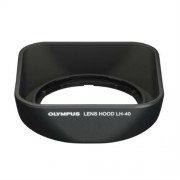
Square shape (rectangular shape)
On the other hand rectangular lens hoods are for wide-angle lenses. They fit perfectly to the detail of the photograph.
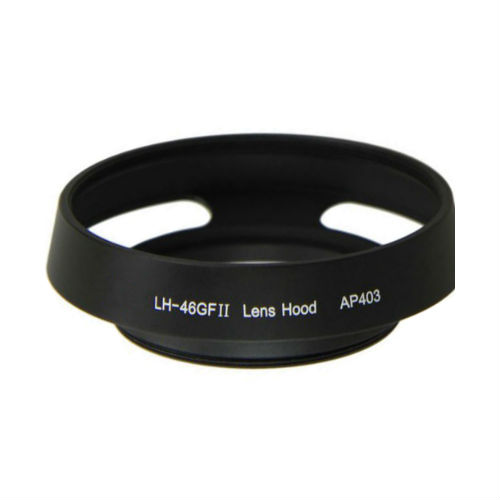
Ventilated design (vented lens hood)
The name is misleading. The recesses of course are not used for ventilation of the lens. These products are again something for wide-angle lenses. I only know of three reasons for this design:
- Material savings (and weight saving too for lens hoods made of metal).
- The viewfinder of some cameras is not obscured by this design (e.g. Leica M 50/2 Summicron).
- They look cool and retro.
There are also, according to comments, retractable (extractable) lens hoods, which can contract and extend (bellows lens hoods). But I have never seen any.
Vignetting
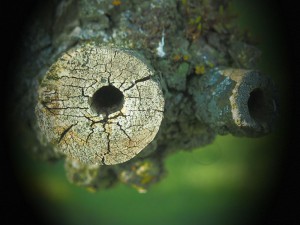
If the wrong lens hood is used, a vignetting effect may occur.
It is stronger when a small focal length = wide image angle has been selected. The image on the left was shot with a wide-angle lens with an unsuitable universal lens hood that was too narrow. The shading is typically more pronounced left and right than up and down.
3 connection types for lens hoods
Lens hood with bayonet thread
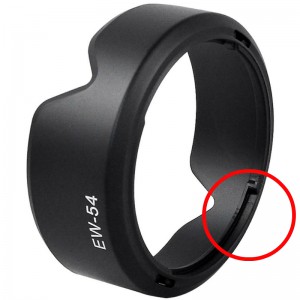
Bayonet thread on the lens
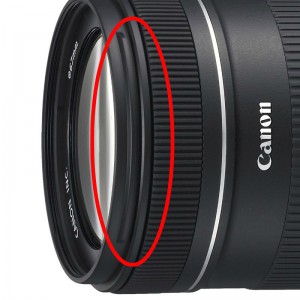
This is the standard connection type for lens hoods. Lens hoods supplied by the manufacturer or as original accessories almost always have a bayonet fitting. However, the lens manufacturers have different bayonet thread standards (e.g. Canon EF, EF-S and EF-M bayonets, Olympus Four Thirds or Micro Four Thirds bayonet, Samsung has Pentax K or NX bayonets, etc.). On this page I have compiled a list of the lens bayonet connections. Hoods with bayonet connection can also be fitted backwards to the lens.
Therefore, with bayonet lens hoods, attention should be paid to the type of bayonet connection and the (technical) compatibility with the lens.
LENS HOOD WITH SCREW THREAD
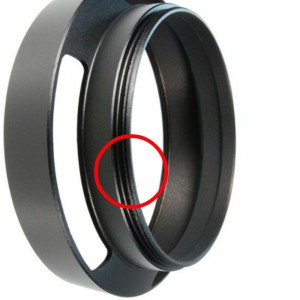
FILTER THREAD ON LENS
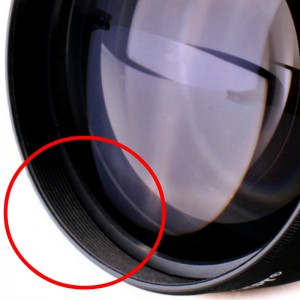
The filter thread of the lens is firstly mated with it. If you love to use filters in photography, you should make sure it has a (negative) filter thread on the front when buying a lens hood with a screw-in connection. This is the case for only 50% of screw-in lens hoods. Snap-on lens covers also need a filter thread, with which they can mate.
With screw-in connecting lens hoods, attention should be paid to the filter diameter (usually marked on the lens e.g. 58mm diameter) and compatibility with the lens.
Slip-on lens hood
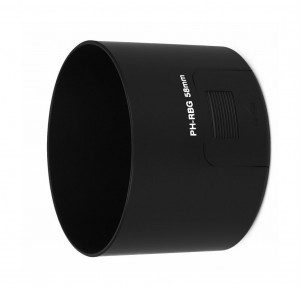
Lens hood with snap-on connection
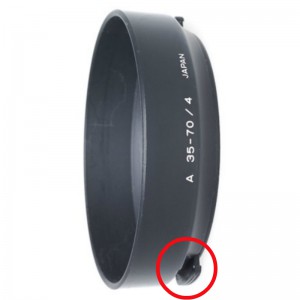
A clip or screw provides added support with a snap-on connection (right). Slip-on lens hoods may fall off when the lens is shaken (left). A (pure) slip-on connection is not the connection of choice for outdoor applications.
With lens hoods with slip-on or snap-on connections, attention should be paid to the outer diameter of the lens and the (technical) compatibility with the lens.
The right material for the lens hoods
There are lens hoods made of plastic, metal, aluminum and rubber. The choice of material is up to the photographer.
✓✓✓ Plastic has the advantage over metal and aluminum that it is light and shocks are better absorbed. And if the lens fell on the lens hood, bayonet or filter threads are less stressed than lens hoods made of metal or aluminum.
✓✓ Aluminum is also light yet robuster than plastic. As for the absorption of shocks and the stress on the filter or bayonet thread when dropped, aluminum is better than metal and worse than plastic.
✓ Rubber lens hoods can be easily stowed away (compressed), but it does not withstand shocks as well as the other materials. But as one lens hood per lens is often sufficient, you can also fit the lens hood back to front to the unneeded lens and the stowage problem would be solved.
? Paper: On this website you can make your lens hood out of paper for free, if you have the time and inclination to do so. Print out the pattern, trim it and stick it together. There are many patterns for lens hoods available for lens manufacturers like Canon, Nikon, Pentax, Sigma, Tamron and Tokina.
When is a lens hood useful? And when not?
Image with orbs & artefacts

When photographing in a light source or in the reflection of a light source, the lens hood, despite its name cannot prevent image interferences such as artifacts or orbs from arising.
But some photographers use these as a stylistic device and then snap better without the lens hood.
You should avoid photographing with the flash and lens hood together. The lens hood can shadow the flash downwards and it does not produce a nice picture.
Topic: Color - Beware of garishly colored lens hoods
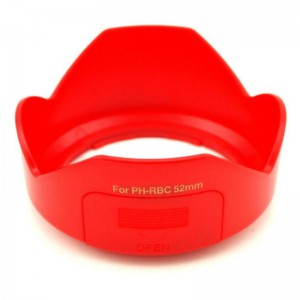
Colored lens hoods can be reflected in the photo objects, so cameras, lenses and lens hoods are mostly black.
If you really want to have a colored lens hood, you should make sure that the inside is matte black. The lens hood shown here certainly leads to a red cast shot.
Lens hoods that are dark velvet-lined internally are ideal.
How much do lens hoods cost?
Prices range from $7 for no-name lens hoods from Shenzhenin China to $60 for branded lens hoods for upscale telephoto lenses.
On average, a lens hood purchased online with delivery costs approximately $10.
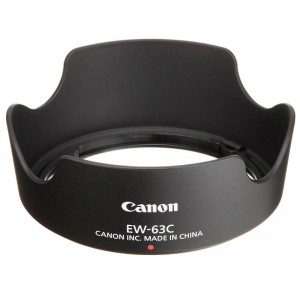
The best selling lens hood costs €14.99 on Amazon. It is the original Canon EW-63C for the Canon EF-S 18-55mm f/3.5-5.6 IS STM lens. The lens in turn is part of the standard equipment of the Canon D70 camera.
The biggest price jump is between no-name products and brand-name products. You can use a no-name lens hood with success or be disappointed because there are different degrees of hardness of the plastic. If the lens hood should sit firmly on the lens and should be 100% compatible with the lens, you would be better taking the original lens hood from the manufacturer.
When buying a bicycle lock the price is set at 10% of the bicycle price. A lens hood protects the lens as well, so 10% is a good rule of thumb.
Or so a photographer told me. For a $150 lens, $15 is not too much for the lens hood.
Which lens hoods are available for my lens?
On the following pages, the lens hoods for the well-known lenses are collated.
Always good: The lens cleaning kit
With bellows, cleaning brush, microfiber towels and a spray bottle for either water or cleaning solution to clean the whole lens easily and effectively.
Look at the top rated lens cleaning kits.
- Canon lens hoods
- Hasselblad 80mm
- Panasonic lens hoods
- Pentax PH-RBC62 Lens Hood (62mm, black)
- Nikon HB-34
- SHOOT Dome Underwater Lens Hood for GoPro
- Nikon HB-34
- Sony ALCSH116
- Canon EW-60C
- how much is a canon lens hood
- what does a lens hood do?
- camera for mars travels
- pentax lenses uk
- tokina uk
- nikon 18 140 lens hood
- gopro lens cover
- minolta lens hood
- fuji x70 lens hood
- voigtlander lens hood
- why using a lens hood?
- panasonic dmc-g7meb-k
- camera hood
- canon lens cleaning kit
- hasselblad 80mm

